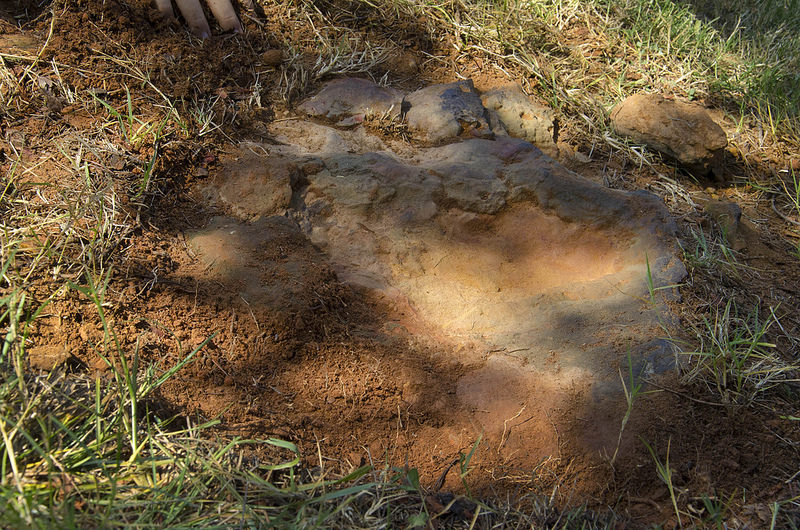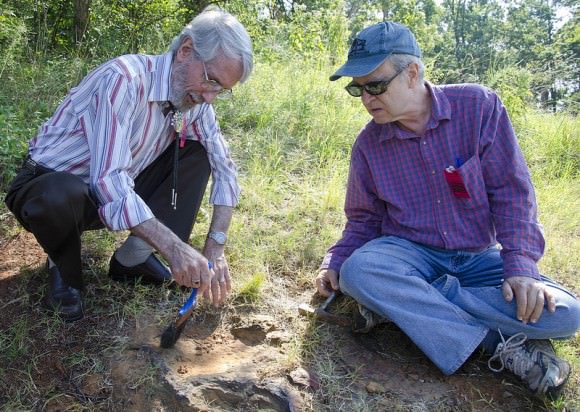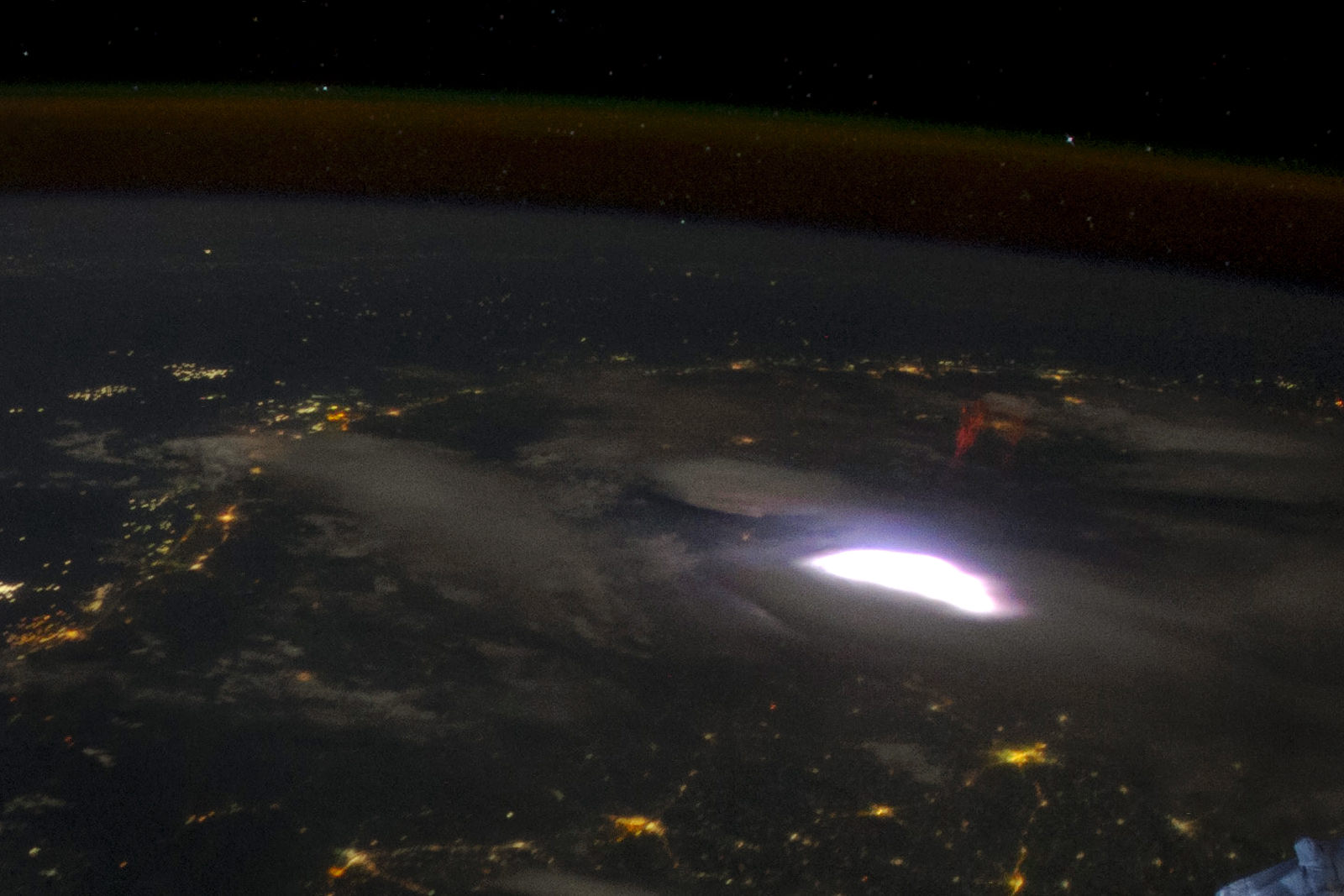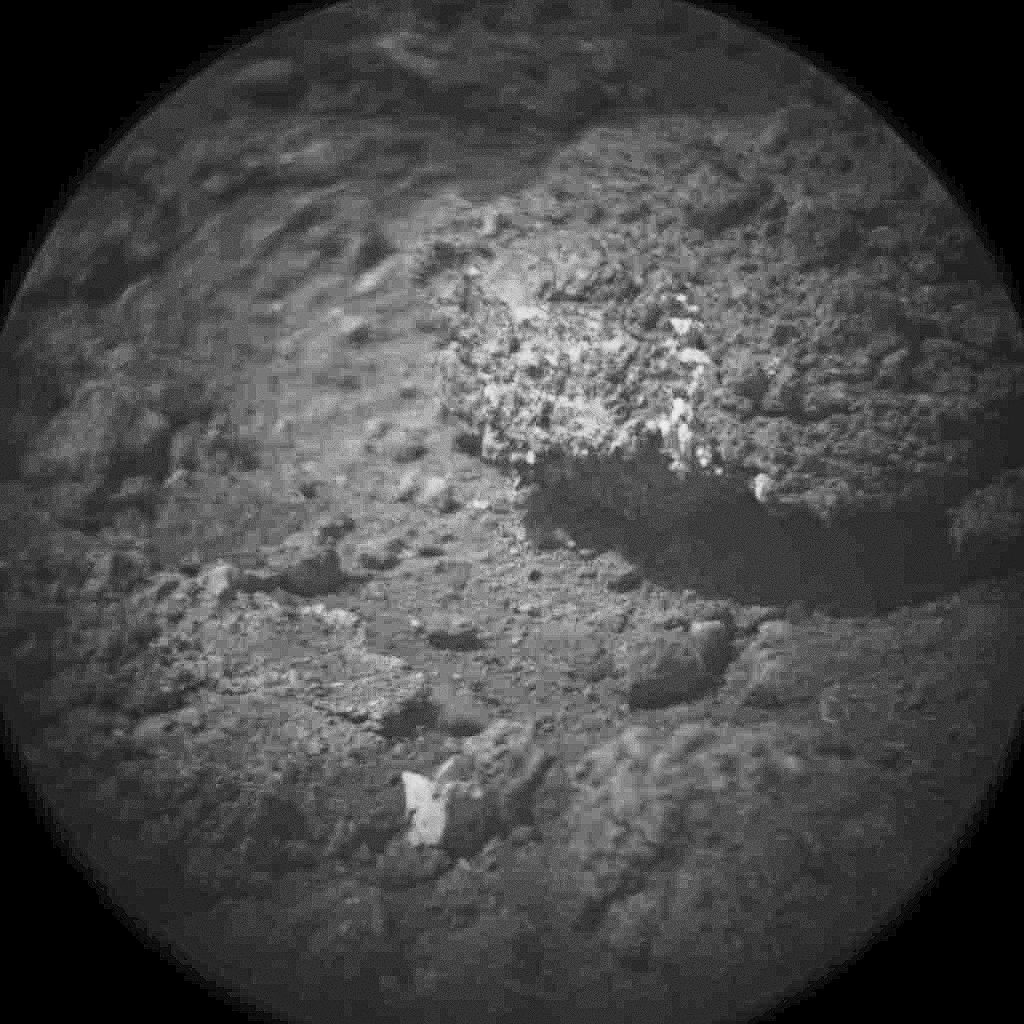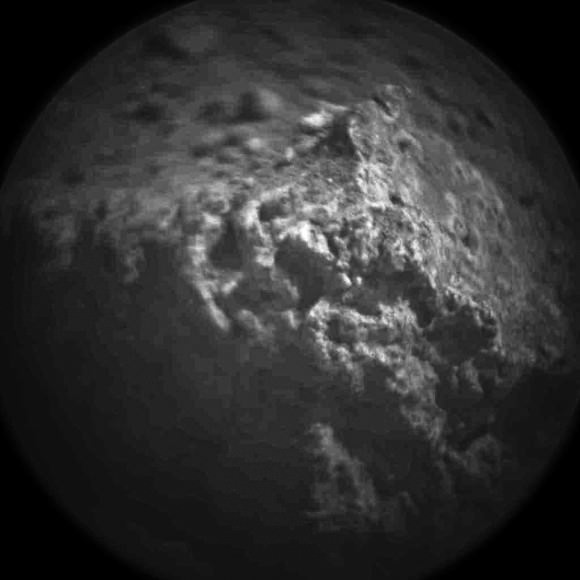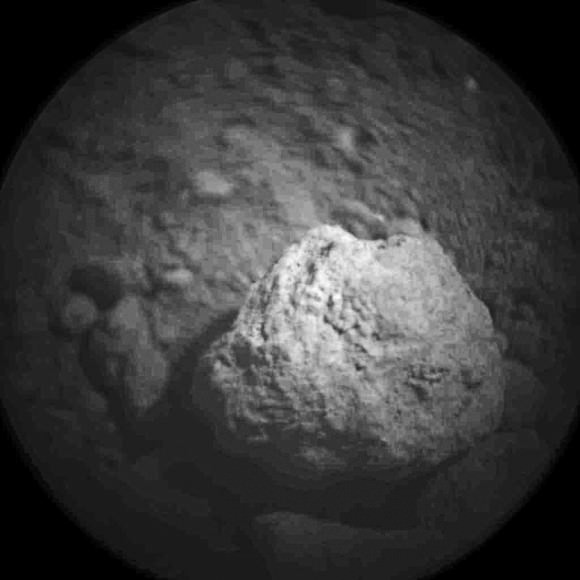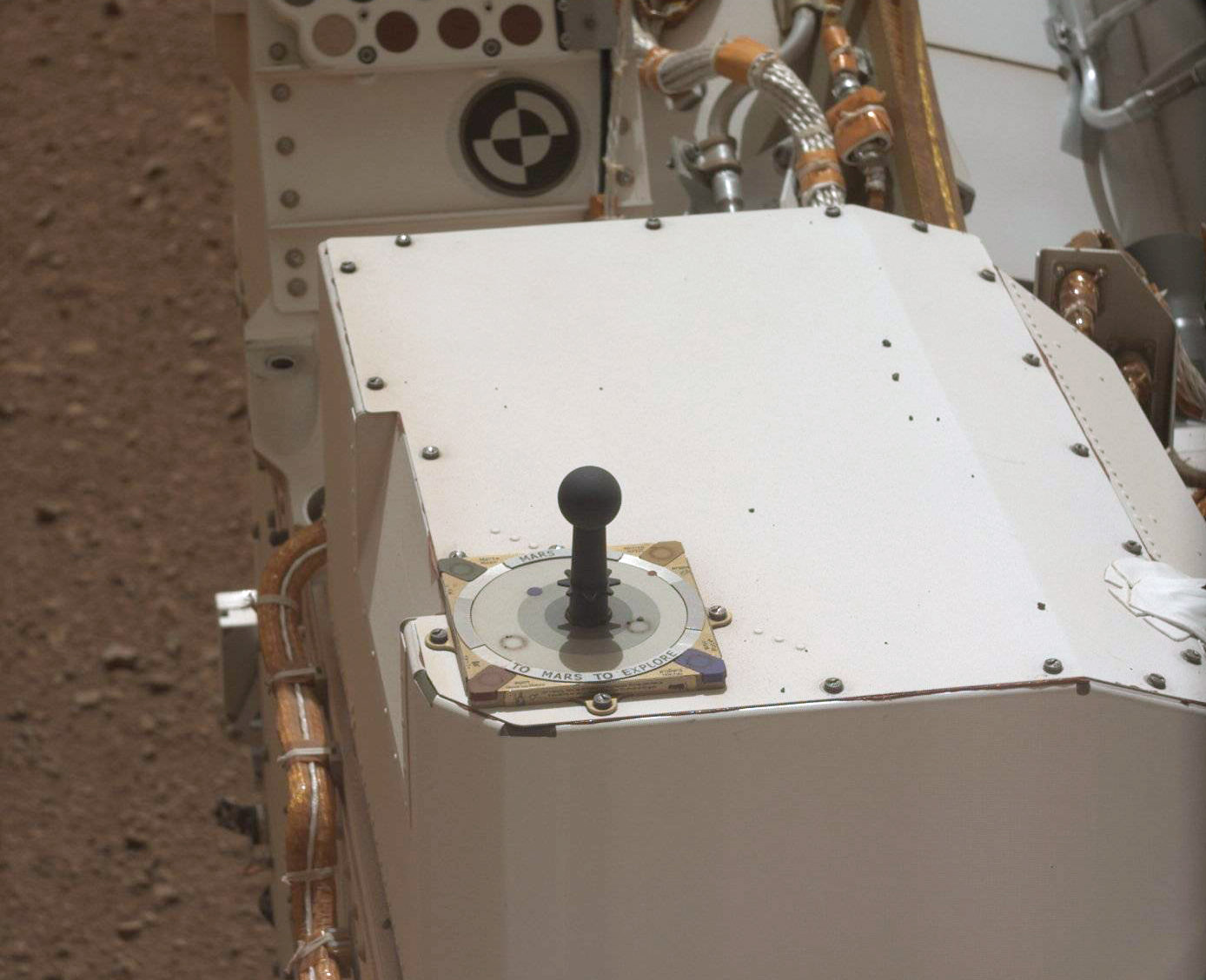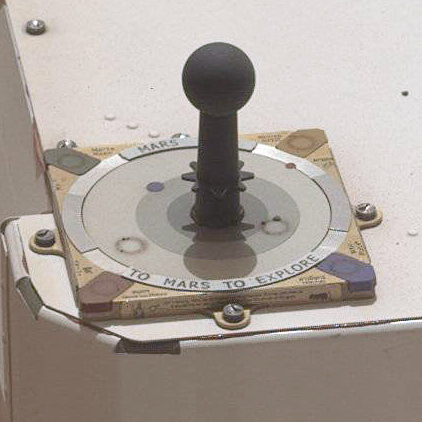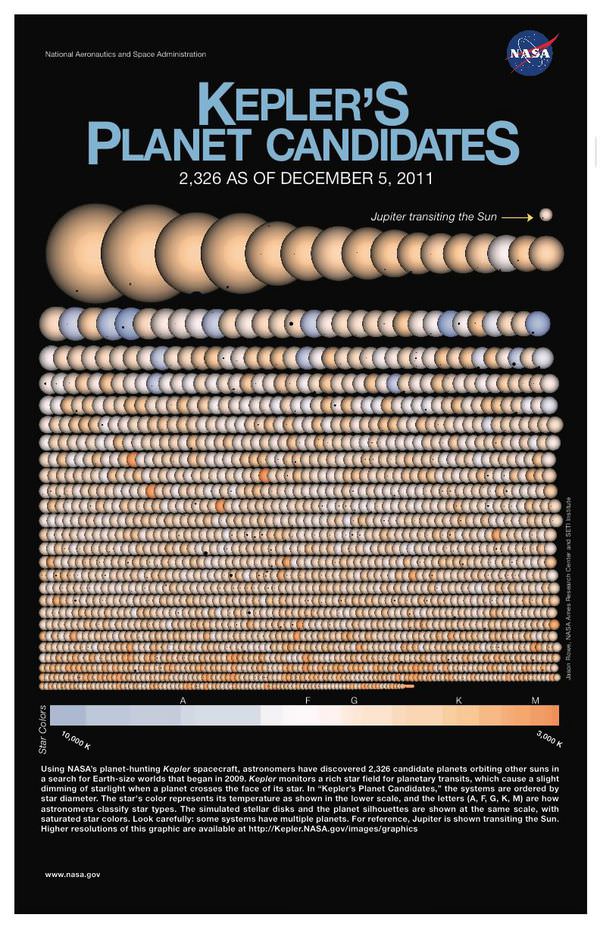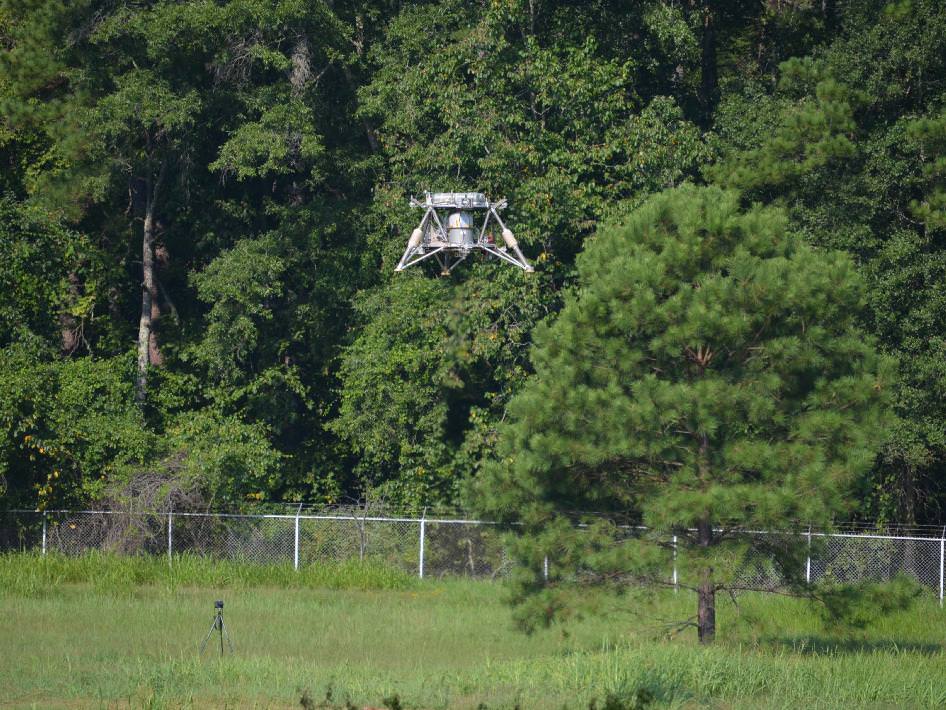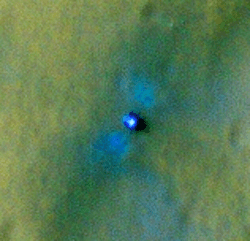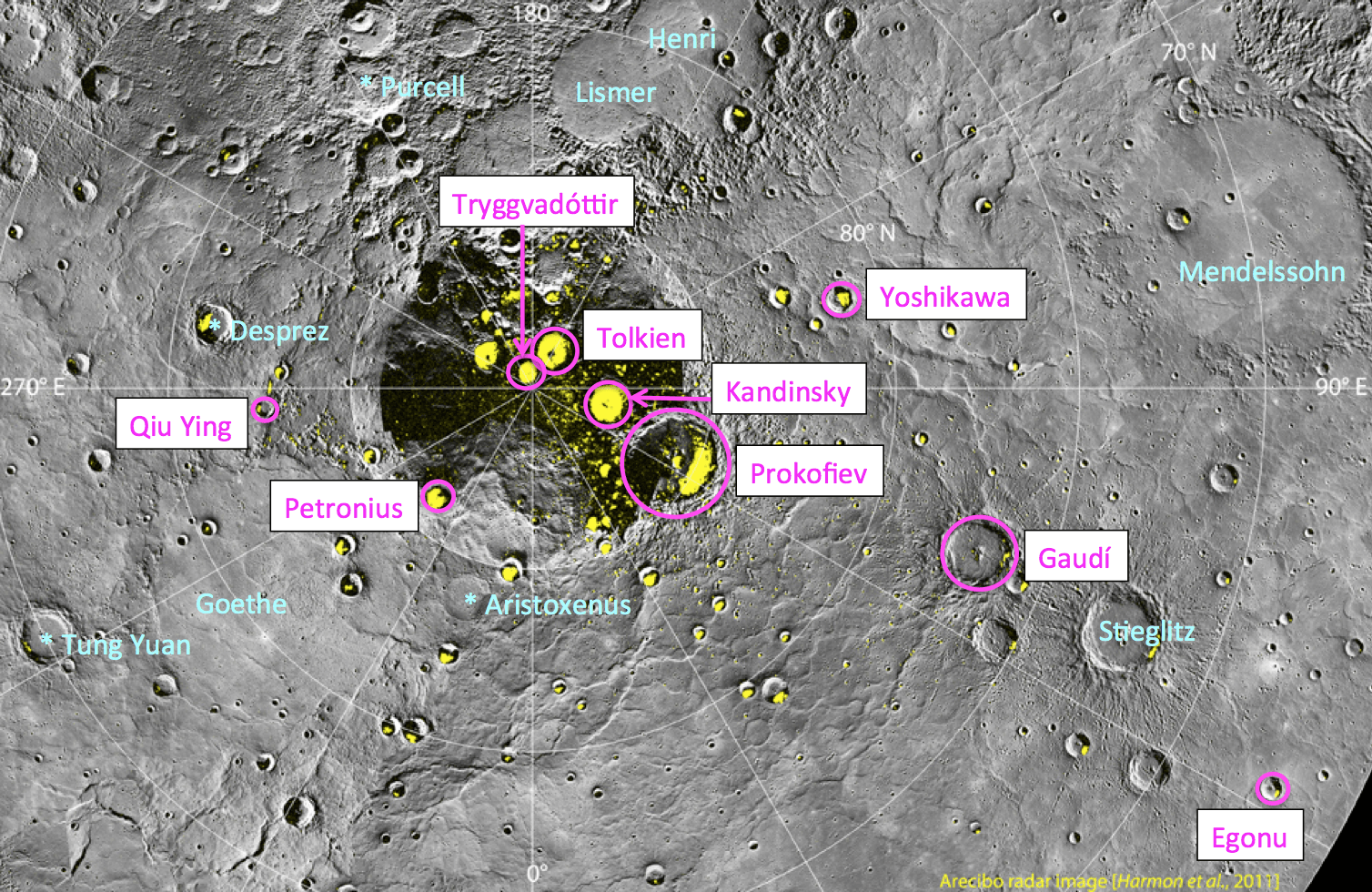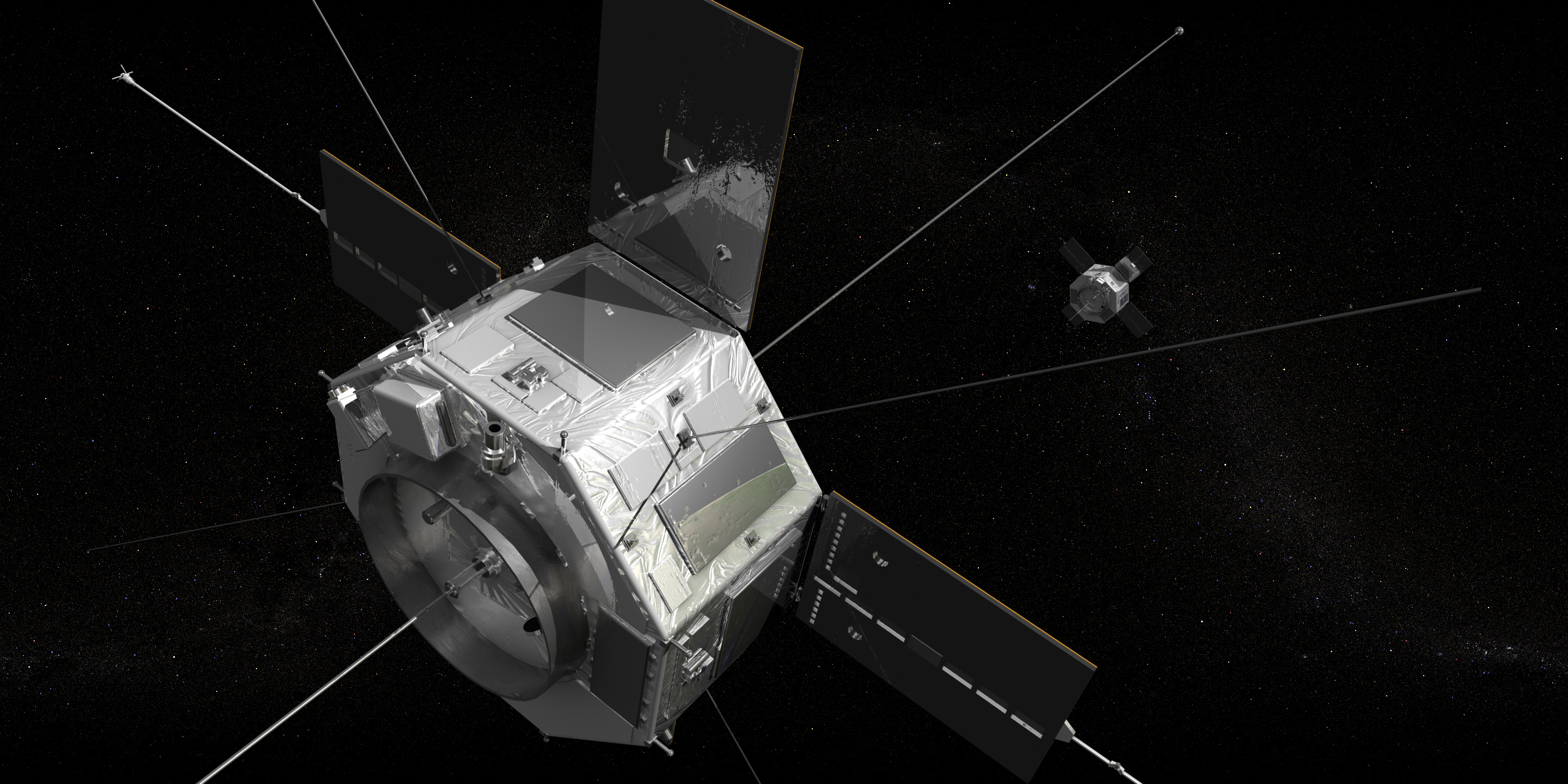Fossilized nodosaur footprints discovered at NASA’s Goddard Space Flight Center in Maryland. (NASA/GSFC/Rebecca Roth)
At NASA’s Goddard Space Flight Center in Greenbelt, MD, where some of the world’s most advanced research in space technology is being performed on a daily basis, paleontologists have discovered ancient evidence of dinosaurs on the Center’s wooded campus — at least two, possibly a mother and child, crossed that way between 112 and 110 million years ago and left their muddy footprints as proof.
 The tracks of two nodosaurs — short, stocky and heavily-armored herbivorous dinosaurs — have been confirmed by dinosaur tracker Ray Stanford and USGS emeritus paleontologist Dr. Robert Weems. The second track is a smaller version of the first.
The tracks of two nodosaurs — short, stocky and heavily-armored herbivorous dinosaurs — have been confirmed by dinosaur tracker Ray Stanford and USGS emeritus paleontologist Dr. Robert Weems. The second track is a smaller version of the first.
The first, larger footprint was announced by Stanford on August 17. When Dr. Weems was called in to verify, the smaller print was discovered within the first, evidence that they were made around the same time and leading researchers to suggest it may have been a mother-and-child pair.
Dinosaur tracker Ray Stanford describes the cretaceous-era nodosaur track he found on the Goddard Space Flight Center campus with Dr. Robert Weems, emeritus paleontologist for the USGS who verified his discovery. (NASA/GSFC/Rebecca Roth)
“It looks to be a manus (front foot) print of a much smaller dinosaur than the first one, but it looks to be the same type,” Weems said of the second track. “If the one that came through was a female, it may have had one or more young ones following along. If you’ve seen a dog or cat walking with its young, they kind of sniff around and may not go in the same direction, but they end up in the same place.”
It’s thought that the nodosaurs were moving quickly since the tracks don’t show strong imprints of the animals’ heels. Still, the ruddy Cretaceous-era mud preserved their brief passage well — even as millions of years went by.
“This was a large, armored dinosaur,” Stanford said. “Think of it as a four-footed tank. It was quite heavy, there’s a quite a ridge or push-up here. Subsequently the sand was bound together by iron-oxide or hematite, so it gave us a nice preservation, almost like concrete.”
The next steps will be to have the site analyzed to determine whether further excavation is called for, and possibly to extract and preserve the existing footprints.
“Space scientists may walk along here, and they’re walking exactly where this big, bungling heavy armored dinosaur walked, maybe 110 to 112 million years ago.”
– Ray Stanford
Read more on the GSFC site here.

